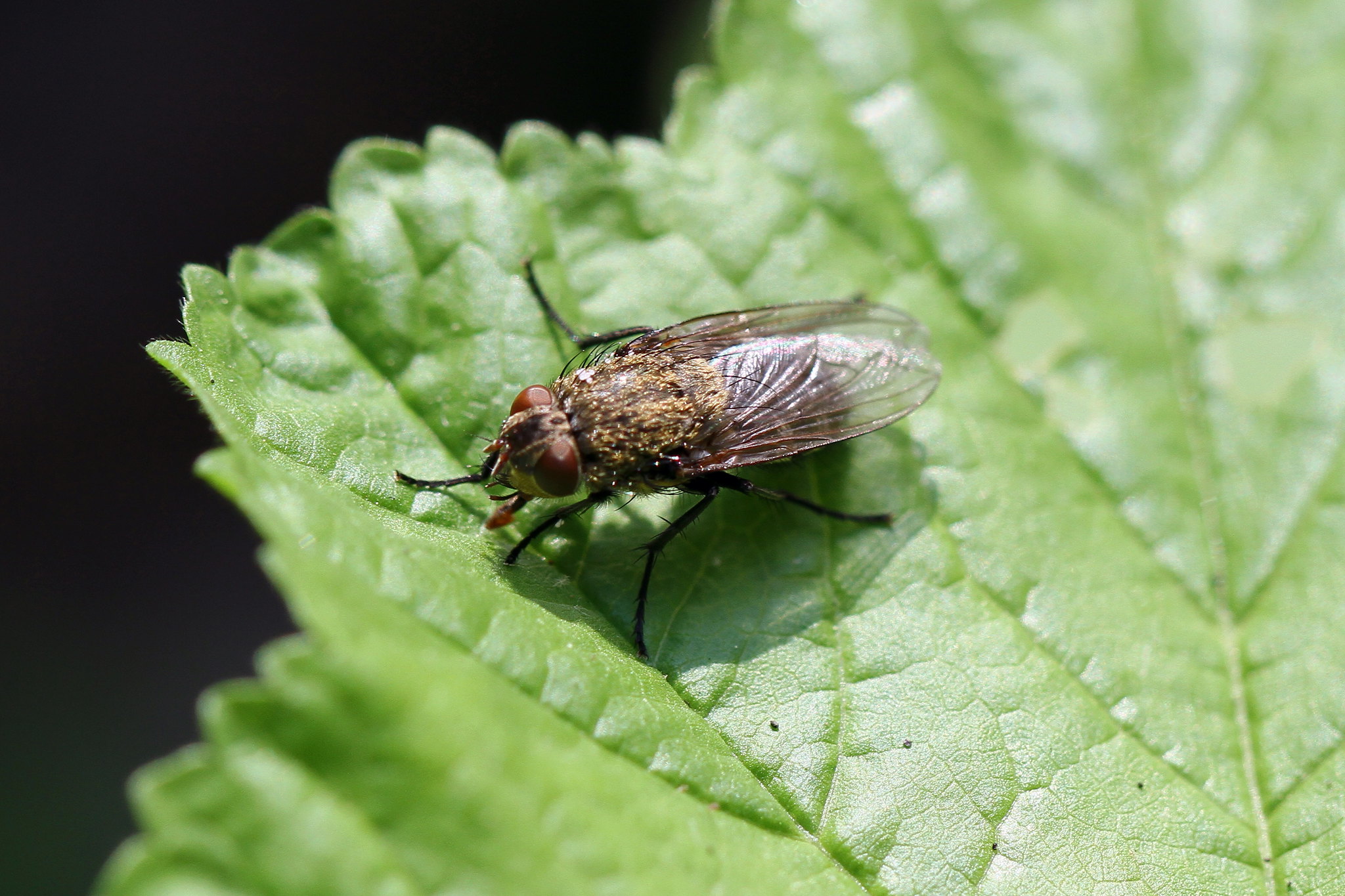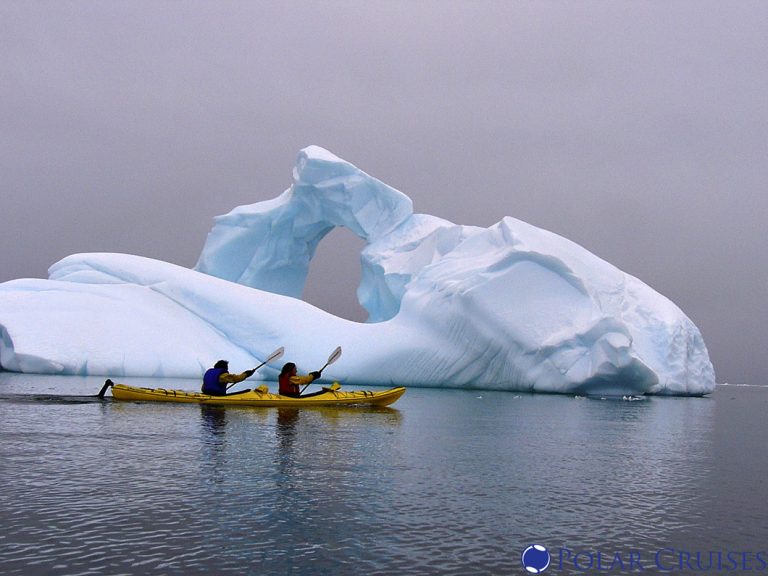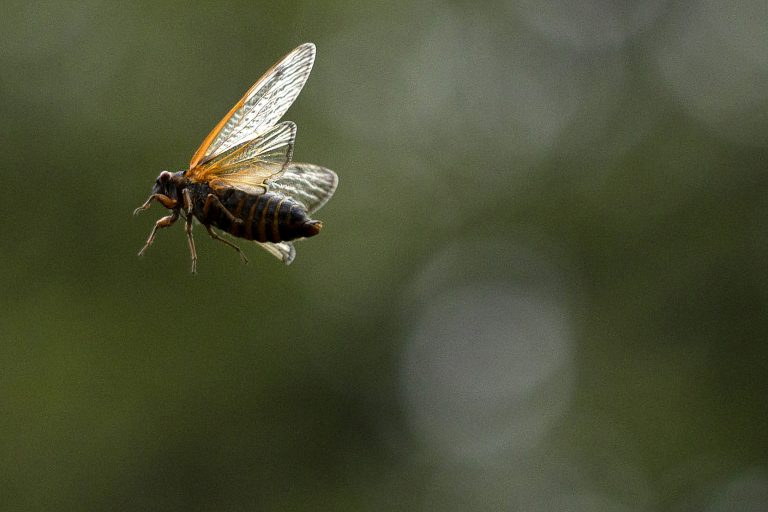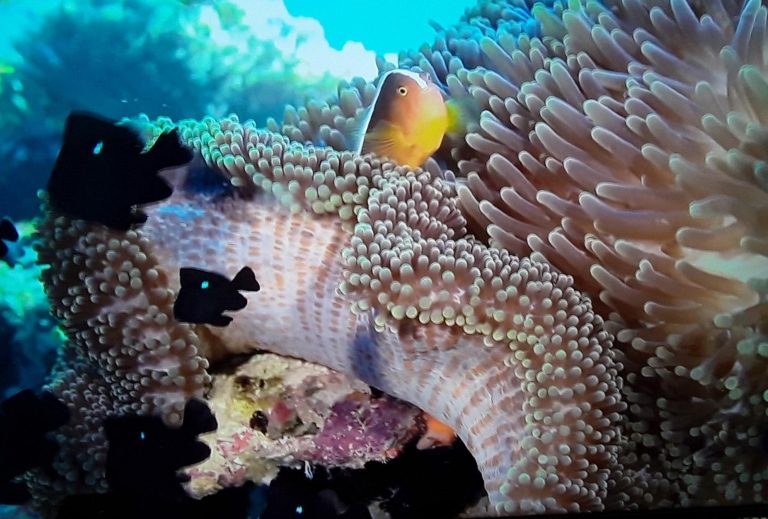The South Pole may be home to endearing survivors like penguins and seals, but one hardly expects to see houseflies in the coldest place on Earth; yet they may eventually become an invasive species. As travel to the southern continent increases, and global temperatures rise, this common pest of the northern hemisphere is finding Antarctica habitable enough to threaten its native wildlife.
Houseflies travel with humans
Musca domestica, the common housefly, is not a particularly durable insect. At temperatures around 45°F (7°C), flies become sluggish or grounded. At temperatures closer to freezing, they enter a state of hibernation called diapause.
Jackson Ryan, writing for CNET, recounted how he saw flies when aboard the RSV Nuyina, an Australian icebreaking ship, en route to the South Pole. He knew the flies would not last long, even if they left the ship, as they would be trapped over the freezing waters of the Southern Ocean that may as well be endless for the tiny insects.
Ryan warned, however, that the South Pole’s temperature is changing drastically. A French-Italian base in the frozen continent recently recorded March temperatures to be 70° higher than normal for that month.
He feared that the average temperatures in the Antarctic would rise above freezing by 2050.
Success
You are now signed up for our newsletter
Success
Check your email to complete sign up
Ryan also wrote of an incident in 2014, where a hydroponics facility — filled with warmth and humidity for its plants — was also the site of the growth of a tiny species of invertebrates called Xenylla, which had made it into the facility and spread amidst the warmer temperatures.
“We had a biohazard response like you might get with a virus or disease,” Andy Sharman, environmental manager at the Australian Antarctic Division, said, regarding the situation.

Invasive species
Long before Ryan wrote his article on CNET, there were already warning signs that invasive species could make their mark on the coldest climates of the world.
Australia’s Casey Station had already fought mushroom fly outbreaks in its sewage system for two decades. Another invasive species of fly infiltrated the sewage system of a Polish base in 2017.
With rising temperatures, glaciers are melting away to expose fertile land where mosses can grow, painting the South Pole green. These thick mosses would provide a potential home for more pests.
The Antarctic is already home to its own native species of insects, mosses and lichens; but the presence of scientists, tourists and rising temperatures may threaten their survival.
Although flies would never make it to the South Pole on their own, tourism and the growing ease of travel to the South Pole in recent years increase the chances for flies and other pests to stowaway on ships.
According to the Guardian, in 2015-6, more than 38,000 tourists traveled to Antarctica, with more than 43,000 expected to arrive that following season.
Dominic Hodgson of the British Antarctic Survey commented, “These tourists are often very scrupulous about not leaving waste or having mud — which could carry seeds or bugs from other areas — on their boots when they set foot on the Antarctic peninsula.”
“However, it is still very difficult to avoid contamination. Camera bags are a particular problem. People take them from one continent to the next and rarely clean them. They put them on the ground and seeds picked up elsewhere get shaken loose. It is a real issue.”
Ultimately, it is said that global warming is the main cause for the warming of the South Pole, with increasing temperatures recorded since the 1950s suggesting that the continent warms up “by around half a degree Celsius every decade.”
Oceanic protection
The Antarctic Circumpolar Current (ACC) is a natural barrier that prevents organisms from entering the South Pole. Humans, of course, have penetrated it, inadvertently carrying uninvited guests aboard their ships.
“Ships that visit Antarctica visit every other part of the world, so potential pathways stretch everywhere,” says Arlie McCarthy, doctoral student at the University of Cambridge studying marine organisms in the Antarctic.
In 2020, mussels from Patagonia were found in the Antarctic Peninsula, most likely after latching onto a ship. Unfortunately, it will not be easy to locate the ship itself, as 50 percent of vessels entering the peninsula are tourist ships, with another third of the ships coming for research.
Marine scientists are racing to find out which species will be likely to invade the warming waters. One group of Australian scientists were able to use a machine learning algorithm to find four marine species that could potentially invade the Antarctic.
While the Antarctic may still be too harsh an environment for most invasive species to survive, the recent changes in the environment and human activity on the continent are certainly perceived as a threat to its pristine wilderness. Preventative measures to prevent alien species from taking hold are being explored and implemented.
READ MORE:













